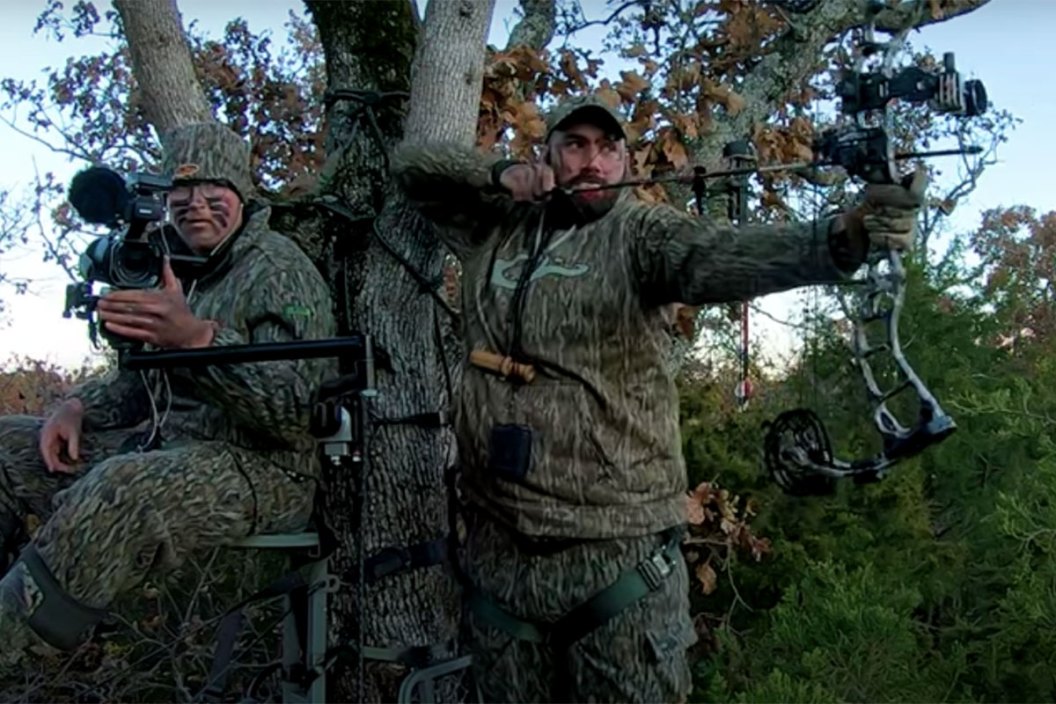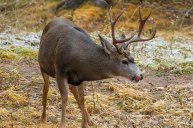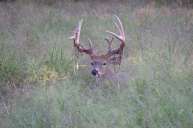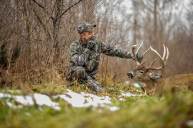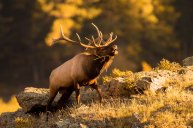If you're ready to start filming hunts, you'll need some specific camera gear and the right game plan.
Whether you're looking to start your own hunting show on a YouTube channel or just film for fun, your setup for filming deer hunts and more will require planning ahead.
There are lots of different ways to do it, and plenty of options in terms of gear. No matter what, the objective is to get some great video to remember how it all went down.
Self-Film Versus Cameraman
While having a cameraman to film your hunts allows you to focus more on that shot you take on a whitetail than high-quality footage of antlers, this strategy has some drawbacks. If you're deer hunting, twice the hunters means twice the potential chance to be winded or spotted. A second body also means a more complicated treestand setup.
But self-filming your own hunt isn't as easy as it might seem. In addition to toting in your archery tackle, you'll also have to haul heavy camera gear through the woods. And while you should be focused on scouring the woods for whitetails, you'll be worried about capturing b-roll for your hunting video.
It's a choice each hunter needs to make for themselves. Here's a pretty good primer from Growing Deer TV that breaks a lot of it down.
Best Camera Gear for Filming Hunts
While you can get by self-filming with a lightweight Tactacam or GoPro action camera that will autofocus, you'll still need several other pieces of camera gear for the best video quality.
Whether it's a tripod in the blind or a camera arm in the tree, you'll want some sort of stabilization, especially if you're self-filming from a treestand while bowhunting. For the best sound quality, you should consider an external microphone or shotgun mic.
All-day sits can be a drain on battery life, so you'll also want to take backup camera batteries as well as an additional memory card in case yours gets full, lost or damaged. You don't always have to film the hunt in its entirety, but not knowing exactly when the action will happen plays against you.
Since a deer hunter's best window of opportunity falls in low light, you'll need to invest in a high-quality video camera that can capture footage in these conditions. Several types of DSLRs or camcorders from companies like Canon and Sony are great options, and you can even find most of what you'll need on Amazon.
Adding different types of cameras and other filming equipment into your normal hunting gear can be a big advantage. Hopefully you've now got some knowledge to put forth the effort when it comes time to film your hunt.
NEXT: MULE DEER TAXIDERMY MOUNT COMES TO LIFE IN STUNNING TIME LAPSE
WATCH
